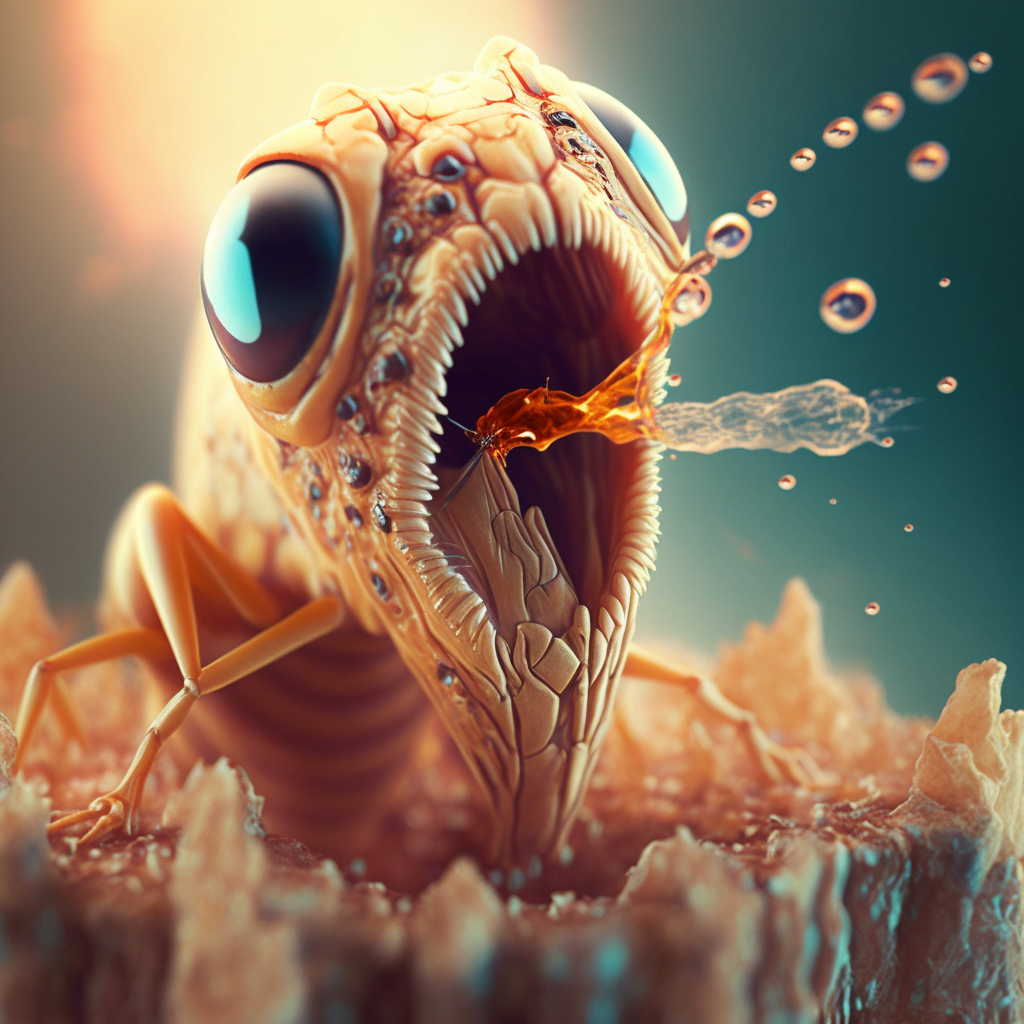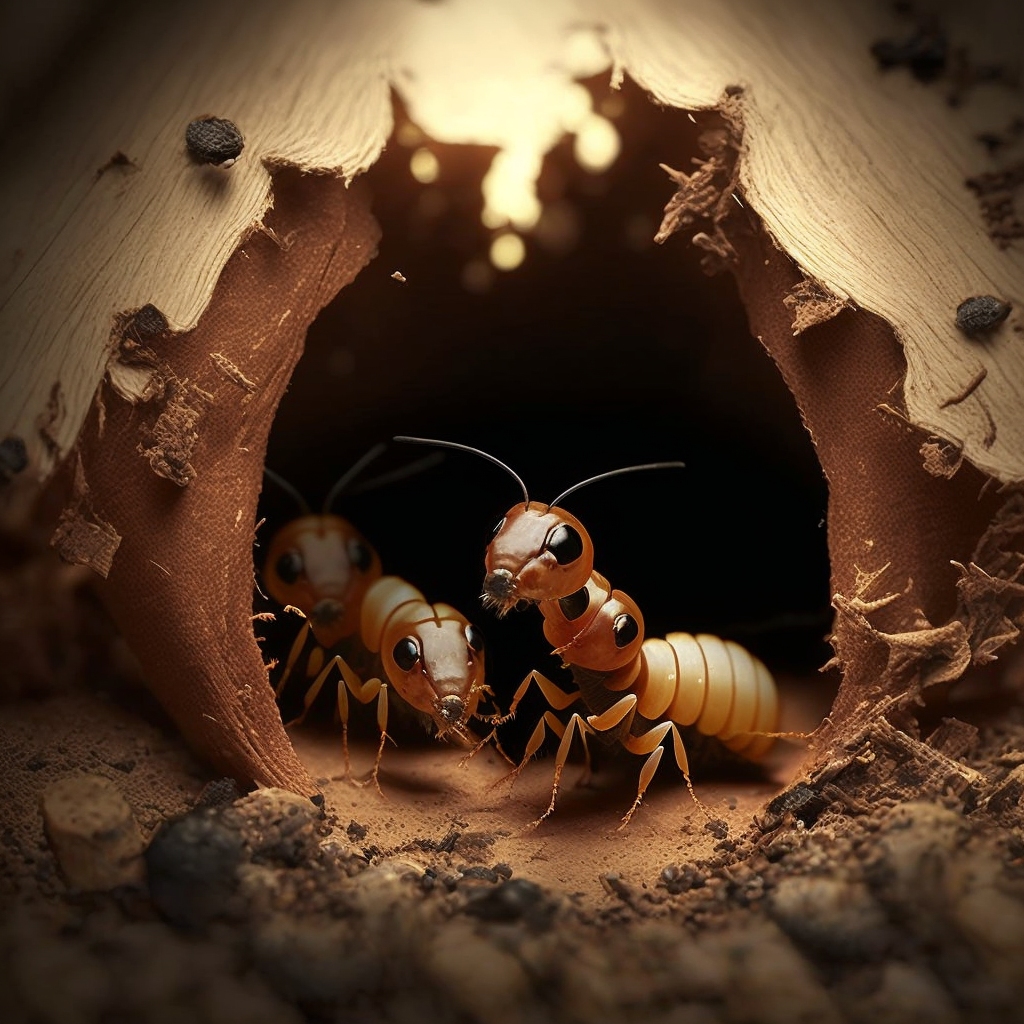What Does a Termite Look Like up-close?
Termites have been around for more than 100 million years, which is hard to believe. If you see a termite, you might think it’s an ant. People often ask, “What do termites look like?” This blog will answer that question.
For a homeowner, knowing how to identify termites can mean the difference between stopping an infestation early and having to pay for expensive repairs.
Nearly 2,000 species of termites are known to exist in the world, but only a few of them are a danger to homeowners in the United States.
We’ll show you what these different kinds of termites look like so you’ll know what to do if you see one.
Life Cycle of Termites

The workers and soldiers only live for one to two years, but the queen can live for anywhere from 25 to 50 years. The termite’s life cycle starts when the alates fly away to have babies.
When the male and female alates mate, they lose their wings and become the king and queen.
They will be in the middle of the nest and be in charge of having baby Termites.
Subterranean Termites
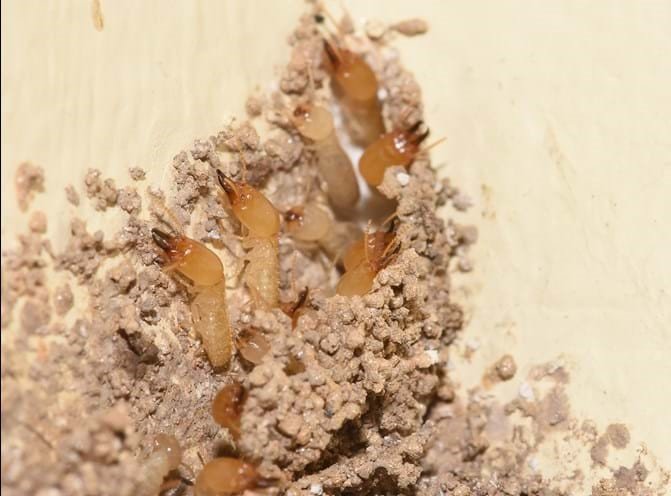
Colors range from milky white to dark brown or black, It is 1/8 inch long and has six legs. It can be found in all states except Alaska.
Formosan Termites
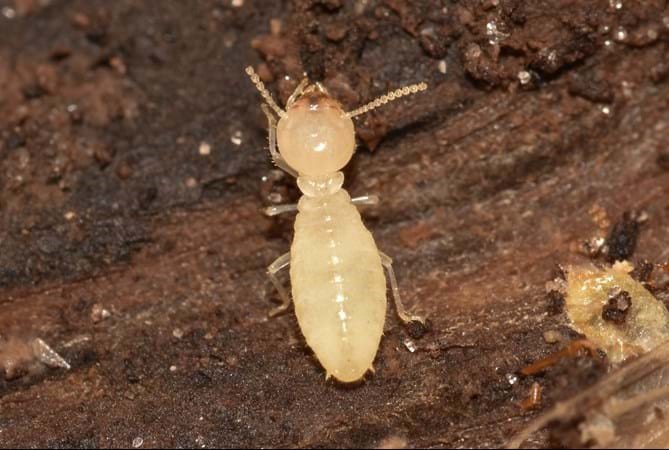
The Formosan termite and the Subterranean termite look very similar. It’s color ranges from cream to brown Size: 1/2 inch long with six legs Long, skinny, and oval shape.
The southern parts of the United States are where you can find them.
People often mistake the swarmers of this species for ants because they look like ants and are called “flying termites.”
Dampwood Termites
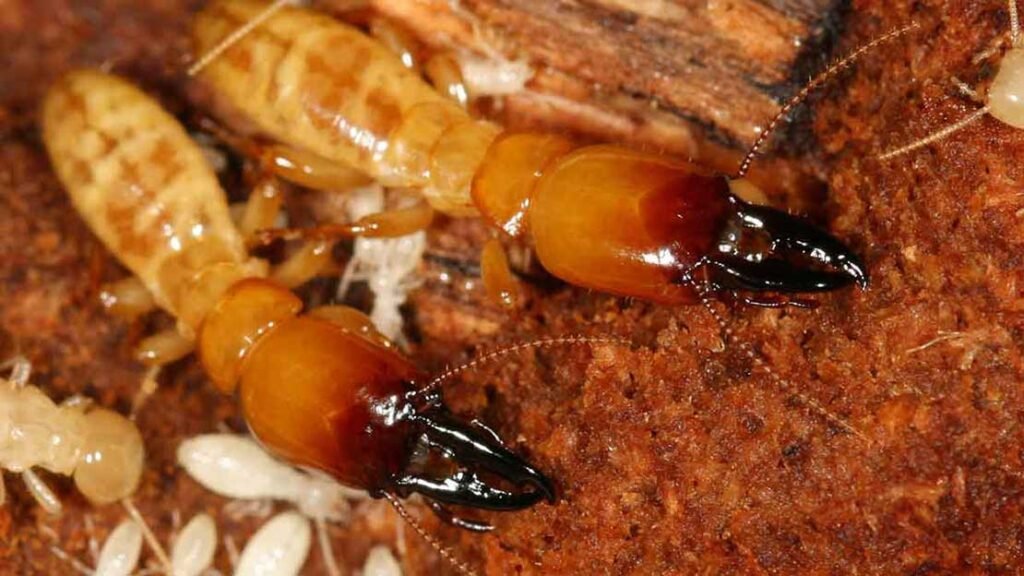
Color ranges from creamy white to brownish It is between 1/2 and 5/8 of an inch long and has six legs. The shape is long, thin, and oval.
They thrive along the Pacific coast and in the states next to it, in the desert or semi-arid southwest, and in southern Florida.
Drywood Termites
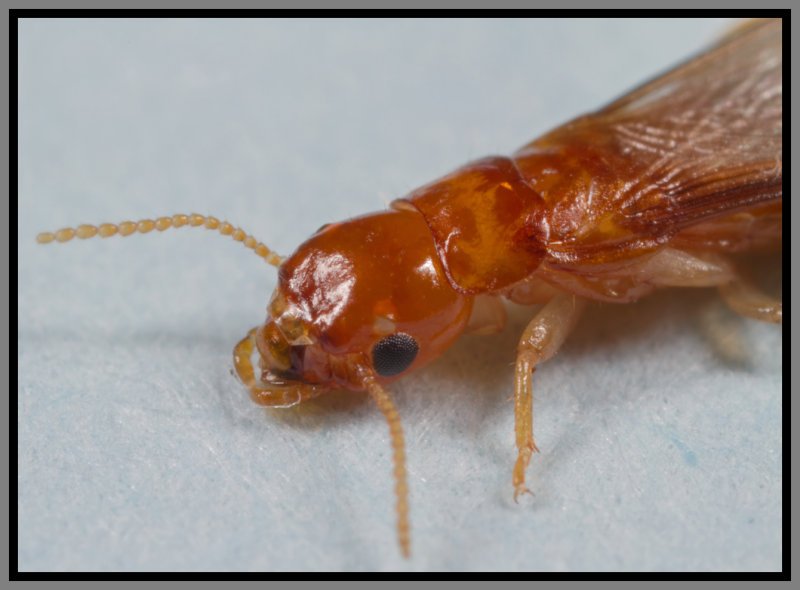
Color is between creamy white and light brown Three-eighths to one inch long, with six legs Long, skinny, and oval.
Most of them live along the coast from South Carolina to Texas and up the west coast of California.
Conehead Termites
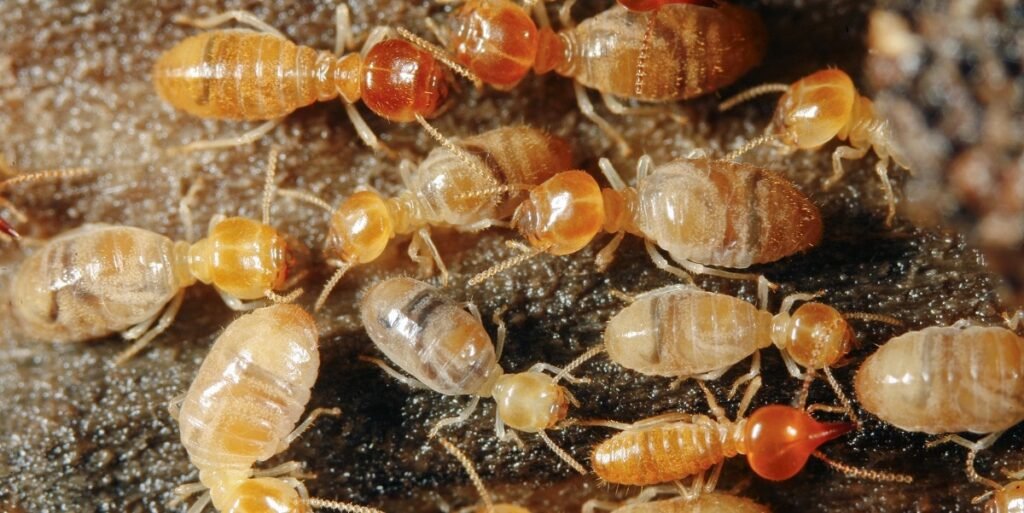
Heads are dark brown and bodies are cream. 3–4 mm long, with six legs Soldier termites have a pear-shaped head and are long and skinny.
The Florida Department of Agriculture says that Broward County, Florida is the only place in the U.S. where these termites have been found.
Aside from that, you can find them in tropical places like Panama in the Caribbean and Central America.
Identifying Termites by Their Habitats
- You can find dampwood termites in damp places or places where water leaks, like bathrooms and basements. They are most common on the Pacific coast, in the southern part of Florida, or in the southwest of the United States.
- Drywood termites can be found in dry areas, especially along the coast, in the southeast, and in the southwest.
- Formosan and subterranean termites can be found in the ground near buildings and other wood sources.
- Subterranean termites live in every U.S. state except Alaska.
- Formosan termites are often found in Hawaii, the Carolinas, Georgia, Virginia, Texas, Louisiana, Alabama, Florida, Tennessee, and California.
What are the Signs of Termite Damage in Walls or Ceilings?
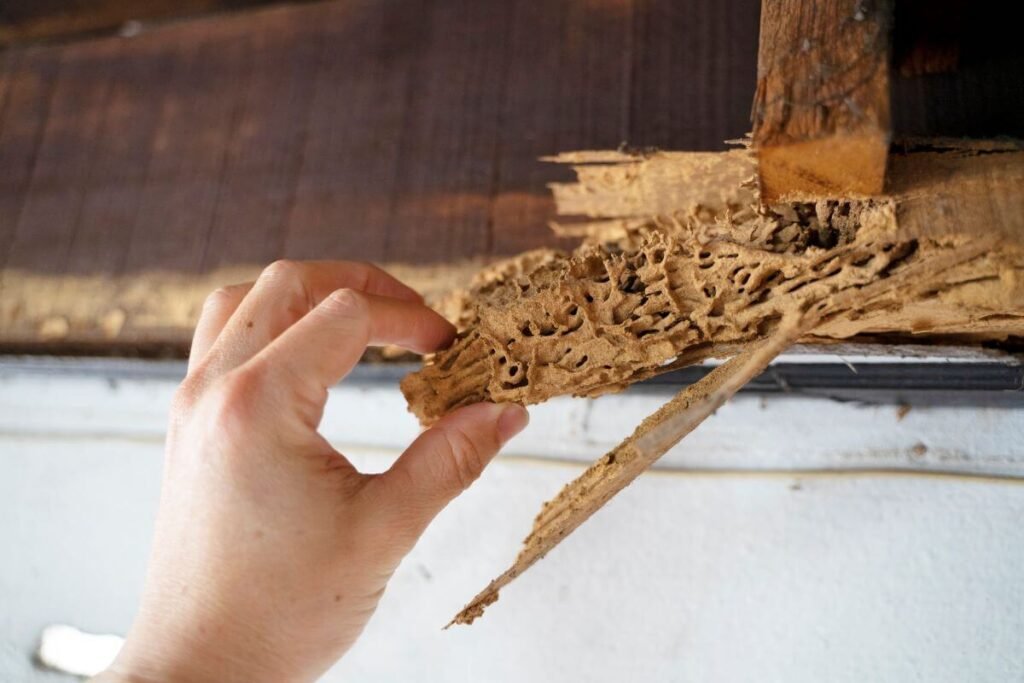

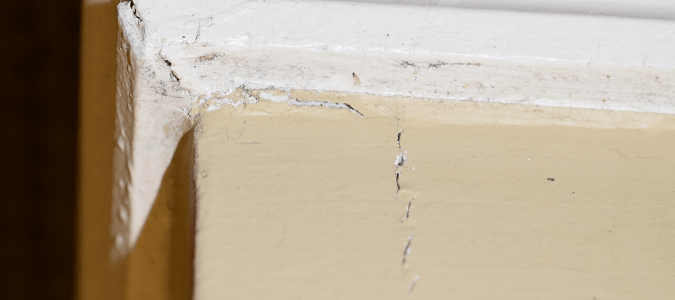
It’s not always easy to see signs of a termite problem. But there are some signs you should know about that can help you figure out if you might indeed have a termite problem.
If you see any of these signs, you should call a termite control professional right away to find out how bad the problem is, how to fix it, and how to keep it from happening again:
- Mud tubes on the outside of the house (termites use these to get to food sources).
- Soft, hollow-sounding wood inside the house.
- Structures made of wood getting darker or blistering
- Paint that is uneven or bubbling
- Small feces piles that look like sawdust
- Wings left near doors or on window sills are a sign that swarmers have come inside.
How to Stop, get Rid of, and Control Termites?

If you live in an area where termites are common, you should check your home regularly or have a professional do it for you..
If you find termites early, you might not have to pay for as many repairs. If you find signs of termites, you can take care of the problem yourself or call a pest control company in your area.
If you want to do it yourself, you’ll have to find the place where they eat (called the “termite gallery”) and treat it with insecticide as soon as possible.
To get rid of the rest of the bugs outside, you’ll also need to set up bait stations or treat the soil.
Some ways to keep them away are to dig a trench and spray an insecticide into the ground. It takes a lot of work, but if left alone, it can last for five to ten years.
Bait stations don’t take much work to keep up, but they do need to be checked every few months. They need to be put in the ground 8 to 10 inches deep and 8 to 10 feet apart.
First, “prebait” is put into the bait stations. Once it’s clear that there are termites, the traps are reloaded with poisonous bait. When the termites take this bait back to their nest, it kills the whole colony.
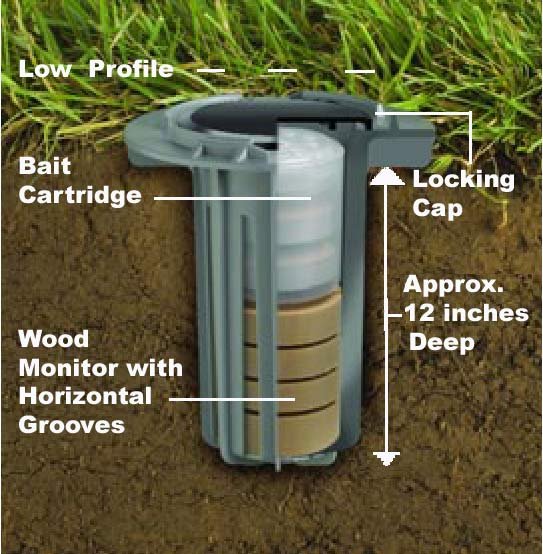
Conclusion
Even if you know all of the above, it may still be hard to tell what termites look like just by looking at them.
Keep in mind that most Termites are between 1/4 and 1/2 of an inch long
Termites often stay hidden in homes for years without the owner knowing about them, which makes it even harder to find them.
As was already said, the first sign of a possible problem is usually termite damage that can be seen.


